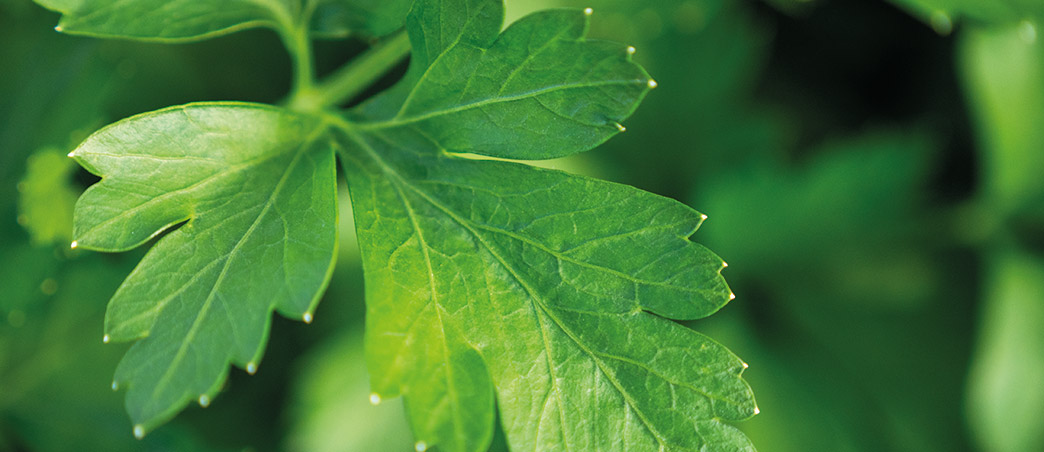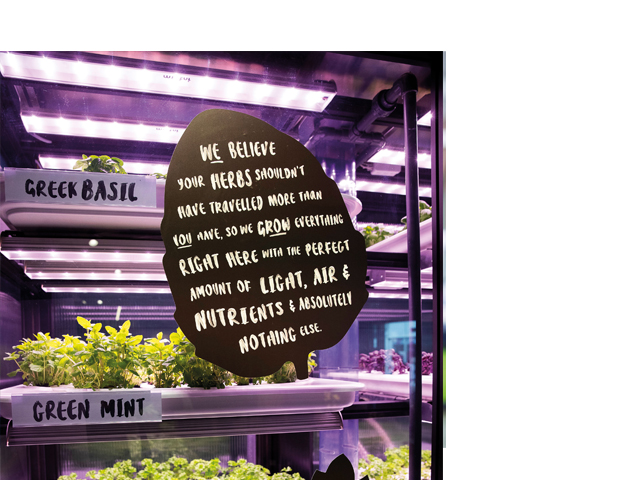
Information

According to the ever-rising sales figures, western countries cannot get enough of fresh herbs. Retailers and producers are responding to this demand with creative sales concepts, meeting the consumers desire to purchase fresh, health food.
In this article we’re focusing exclusively on genuine herbs, with basil taking the leading role. This aromatic plant has become synonymous with Italian cuisine, where, among other things, it forms the basis for green pesto and is an indispensable ingredient in caprese salad. And just as pizza has conquered the globe, so basil has begun its triumphal march through the western world. Sales are by far the highest in summer, when basil gets a boost from the fresh tomato consumption peak.
Not only is basil popular amongst consumers, but it is an interesting and attractive crop for our breeders as well. Because basil is a delicate plant that is quite susceptible to diseases and suboptimal growing conditions, growers and the wholesale channel prefer hybrid varieties breeders developed to have increased tolerance and resistance to diseases. While these hybrids have a higher seed price, the difference in cost is made up for by the stronger, homogeneous development, faster growth rate, lower losses, much higher production, longer shelf life and most importantly, great flavour. This also applies to chives, parsley, leaf celery and dill.

Photo credits: Infarm
In recent years we have seen the growth of two main concepts in terms of sales and volume:
In addition to fresh cut herbs and living herbs in pots, a few new exceptionally innovative store concepts have been tested and trialled over the recent years and are proving to be promising. These concepts include:

Large quantities of fresh herbs are also sold in traditional loose bunches in countless places such as regular street markets and farmers’ markets. For a good many consumers, this is still the best way to judge product quality for themselves. But one thing seems certain: the market for fresh herbs will continue to grow steadily over the next few years, and the same is true of the breadth and depth of iur herb portfolio. After all, every cultivation method and every sales concept place its own demands on the underlying genetics of the product. And that is a prime example of how a breeding company can differentiate itself.